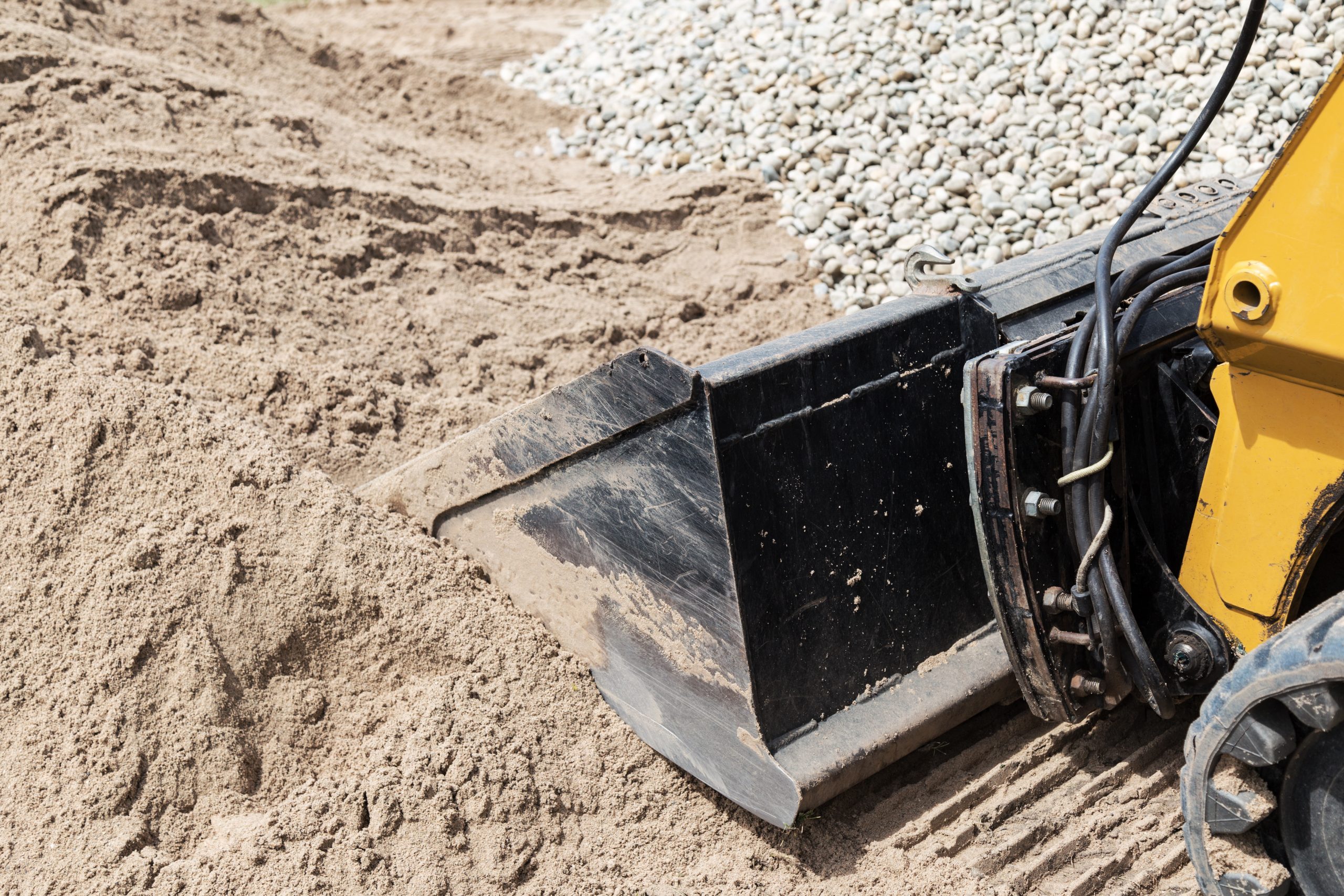
Your clients need to install a septic tank properly, and safe and effective measures exist to accomplish this. Septic system installation comes with a variety of professional risks. Understanding the process and considering the risk exposure can help narrow the right septic system insurance plans and protect the company’s installers from liability losses. Property damage, professional errors and omissions, and even local code violations can lead to costly claims without the proper protection.
Install a Septic Tank Correctly
There are fundamentals to consider when exploring septic system installation.
Companies Need Septic System Insurance
Before even offering estimates on septic installation, contractors should have comprehensive septic tank insurance. Any estimates include financial commitments and property assessments that create liability risks. Mistakes in the property assessment that lead to property damage by the equipment or the septic infrastructure can be costly, so ensure your clients have coverage to protect their finances.
Installers Need Permits
If you are still getting familiar with the septic tank installation process, you may not realize that septic systems require permits for installation. Many municipal governments and code enforcement departments require approval of the entire septic infrastructure and a property survey before the project moves forward. Failure to obtain permits and approvals may lead to fines. Proper septic system insurance can cover those costs incurred due to installer oversight.
Leach Fields Need Expertise
The trench system and drainage infrastructure for installed leach fields require expertise to ensure proper filtration and drainage on the property. Mistakes with the leach field can leave homeowners with flooded property sections, an overflowing septic tank, unpleasant odors, and plumbing backups into the house. Furthermore, when these problems result from mistakes with the leach field, it creates a professional liability issue that septic system insurance can cover.
Septic Tanks Need Soil Integrity Testing
The proper septic tank and installation process depends upon the soil composition of the property. Soil integrity testing identifies the soil structure, whether primarily sand, clay, or rock. This assessment helps determine drainage and stability for the tank selection. Concrete septic tanks are popular though plastic is gaining market share. The choice of plastic may create a liability risk if the tank floats due to heavy rains and excess groundwater after septic pumping. Installation contractors should consider this risk when choosing the correct tank construction for homeowners.
Septic Tank Sizes Need Proper Calculation
With proper training, technicians may notice the finer details about how to install a septic tank. One element that they might need to include is proper sizing. The size of a septic tank depends upon the household water demand, the number of people in the home, and the amount the leach field can support.
Septic System Insurance Protects the Business
Business owners take a risk letting installation crews work on customer property. With a job like septic system installation, property damage, tank errors, and leach field issues can prove costly to the company. Ensure your clients understand their industry’s risks and how septic system insurance can help. This professional liability coverage applies to the industry to protect their interests.
About Watercolor Management
Watercolor Management has insured the water industry for over 30 years. Our policies include unlimited defense cost coverage in the event of a lawsuit against you. Call us at (855) 929-0824 or email info@watercolormanagement.com for a quick quote for your Water Business Professional, Products/Completed operations, Pollution and General Liability Insurance.




